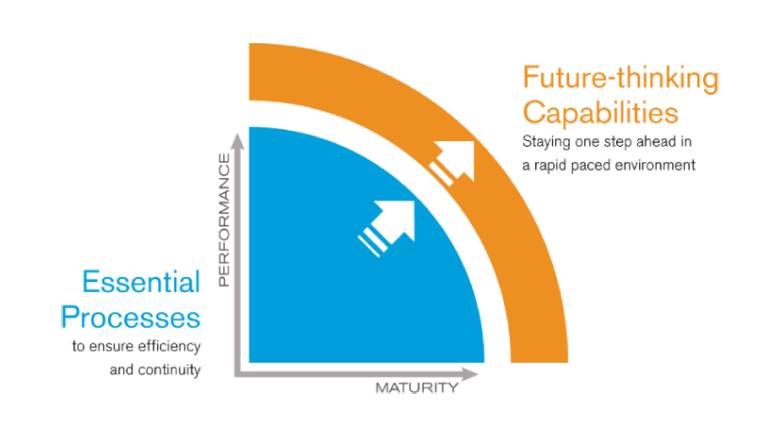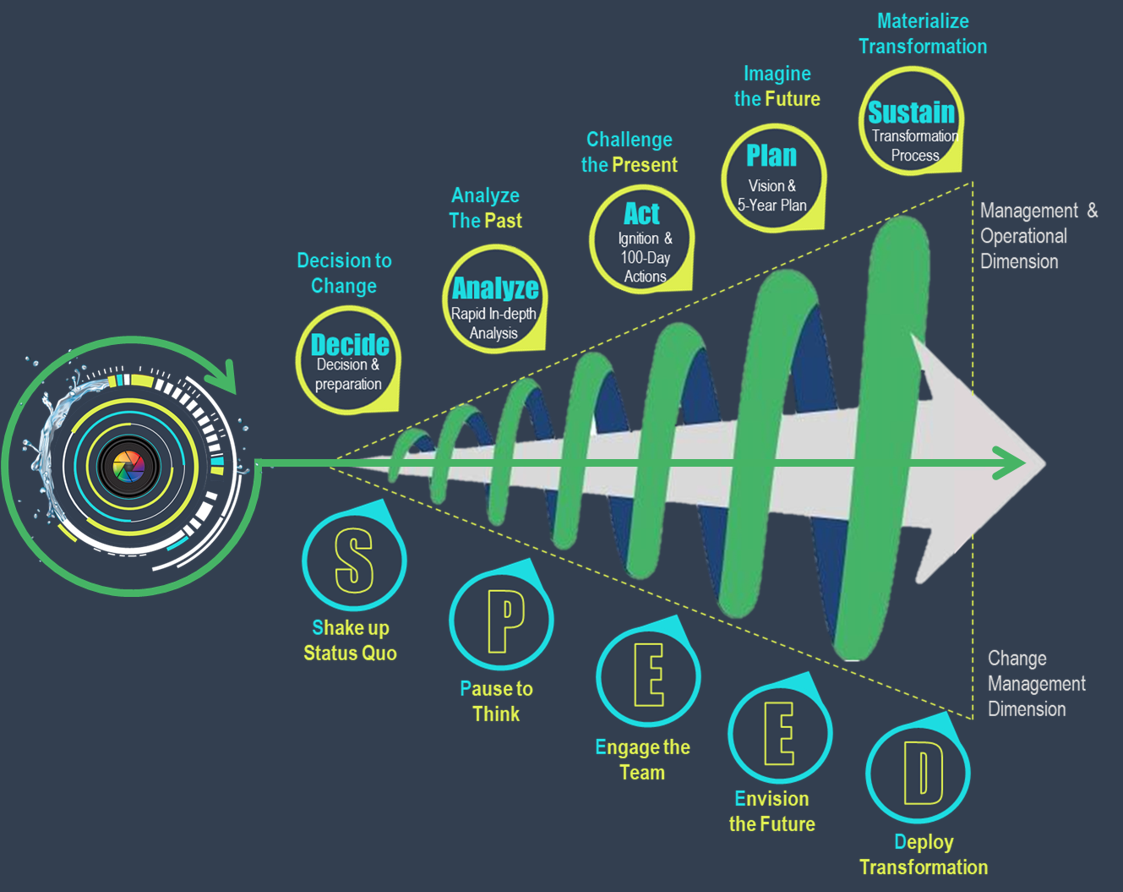About Utility of the Future
About Utility of the Future
Taking Water and Sanitation Utilities to the Next Level
Overview
Since 2019, the World Bank and its partners have been working with utilities throughout the world via the Utility of the Future (UoF) Program, developed with support from the Global Water Security and Sanitation Partnership (GWSP). UoF is a novel approach that integrates learnings from decades of analytical work and technical assistance to water utilities, including the Water Utility Turnaround Framework. Other studies, including a review of successful urban water utility reforms, support the robustness of this approach. The UoF Program is growing, and a total of 85 utilities in 33 countries have already received UoF support to date, with promising results around the world.
The UoF Program has been designed to ignite, materialize and maintain transformation efforts in water and sanitation (WSS) utilities. The goal is to become the "Utility of the Future" — a future-focused utility, which provides reliable, safe, inclusive, transparent, and responsive WSS services through best-fit practices that allow it to operate in an efficient, resilient, innovative and sustainable manner. This is achieved through the strengthening of the essential processes of a WSS utility to face their current challenges, and the development of future-thinking capabilities to be one step ahead in a fast-changing environment.
Objectives of the Utility of the Future Program
-
Ignite actions, improvement, and sustainable transformation of water and/or sanitation utilities.
-
Guide utilities through the transformation process by working in parallel to strengthen their essential processes and develop their future-thinking capabilities to navigate a rapidly changing environment
-
Provide a practical, simple, and effective methodology to implement the transformation process in water utilities.
-
Strengthen a utility’s internal capabilities in operational and managerial processes, as well as in human and leadership skills.
-
Bring a utility’s team on board, gain their commitment, and empower them to transform the utility.
-
Connect utilities with peers globally to facilitate knowledge exchange and know-how.
-
Provide the water and sanitation sector with tools available to the public, within the open knowledge philosophy of the UoF program.

Target Audience
The main target audience of the UoF program comprises WSS utility managers, owners, and water practitioners.
The Process
The UoF process has five key phases:
- Decision and preparation: This starts with a utility’s decision to initiate a process of transformation, after which it engages its board of directors, and develops a work plan with its management team.
- Rapid in-depth analysis: It is important to analyze and understand a utility’s current performance and maturity levels, reviewing all its processes and defining the next desirable performance and maturity level.
- Ignition and short-term action plan: In this third step, a utility considers its opportunities for improvement, defines and prioritizes possible actions to be implemented, and ignites transformation by implementing those high-impact and low-cost/effort actions that can be executed in the short term (100 days).
- Strategic vision and long-term action plan: It is important that a utility define (or update) its strategic framework, vision, mission, values, and strategic objectives to define the business plan, incorporating those actions to be implemented in the long term (5 years).
- Sustainable transformation: In the final step, the utility’s strategic vision and business plan are translated into actions to ensure sustainable improvement, and to continue the transformation process to become a Utility of the Future.

The UoF methodology includes a change management approach with a process called SPEED (Shake, Pause, Engage, Envision, Deploy), which accompanies each of the 5 phases of the utility’s transformation process with some guidance to be reviewed/analyzed at the beginning and at the end of each phase. This guidance is related to human resources dimension of change management process linked with leadership, engagement, empowerment, and team building.
